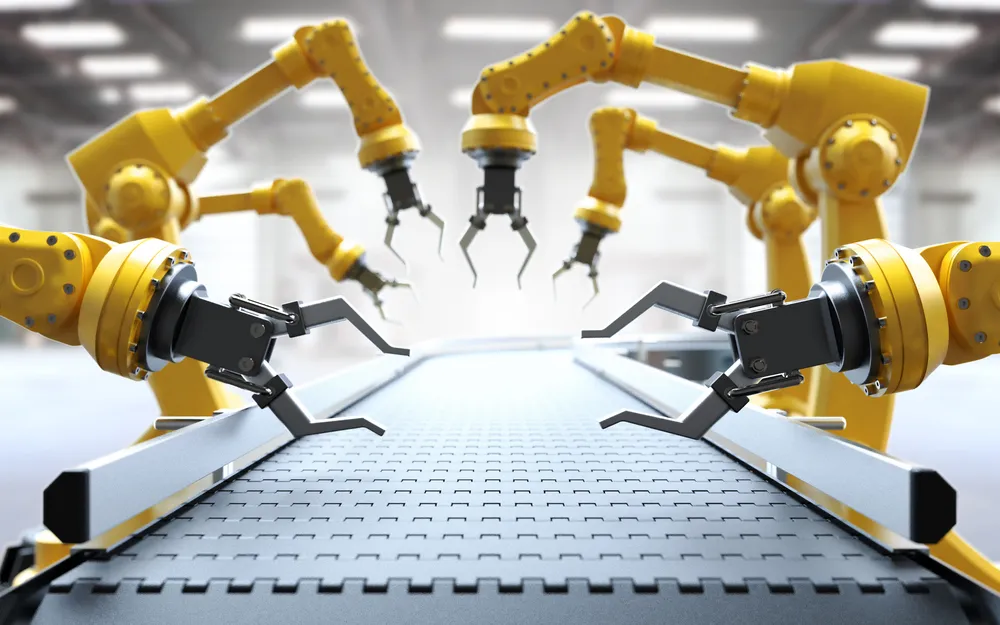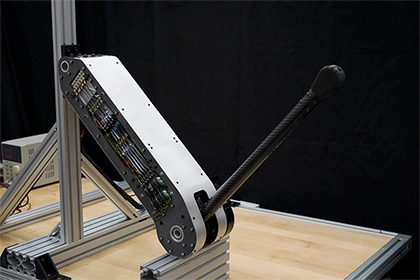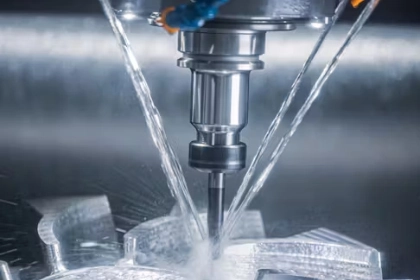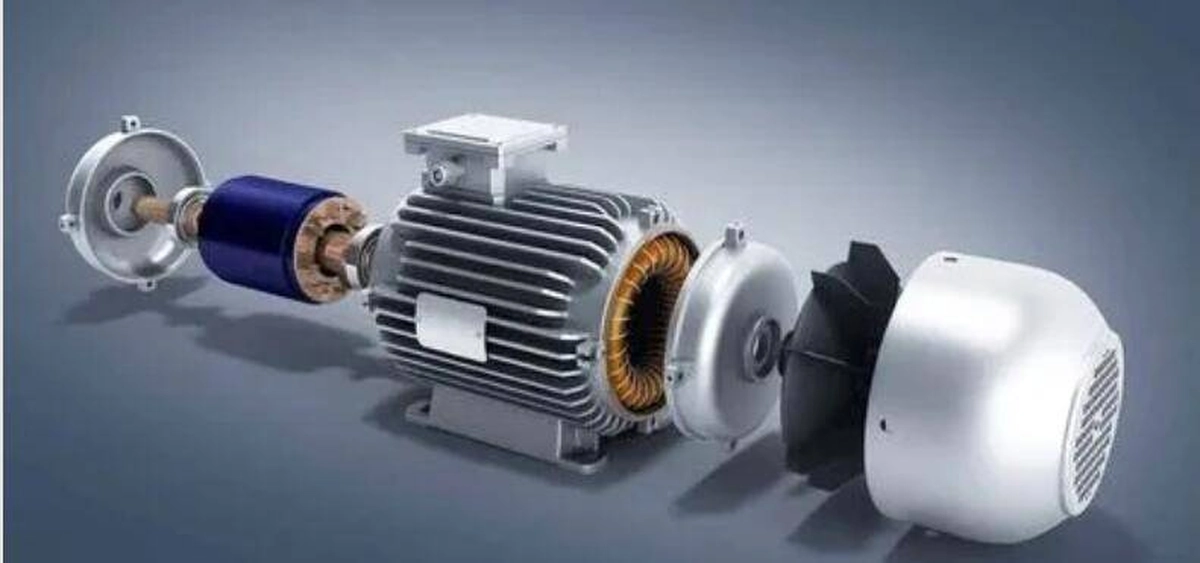What motor is used in the robotic arm?

The type of motor used in a robotic arm can vary depending on factors such as the size and payload capacity of the arm, the required range of motion, precision requirements, and the specific application of the robotic arm. Several types of motors are commonly used in robotic arms, including:
- DC Motors: Direct current (DC) motors are commonly used in robotic arms, particularly in smaller or lightweight applications. They offer simple control, high torque, and good speed control. DC motors can be brushed or brushless, with brushless DC motors generally providing higher efficiency and longer lifespan.
- Servo Motors: Servo motors are a popular choice for robotic arms as they provide precise control over position, speed, and torque. They are typically based on DC motors and incorporate built-in feedback sensors, such as encoders, to provide closed-loop control. This feedback allows for accurate positioning and control of the robotic arm.
- Stepper Motors: Stepper motors are frequently used in robotic arms that require precise positioning and control. They offer accurate and incremental motion control, making them suitable for applications where position repeatability is important. Stepper motors provide a defined number of steps per revolution, allowing for precise movement control.
- AC Motors: Alternating current (AC) motors, such as induction motors or synchronous motors, can be used in larger or heavy-duty robotic arms. AC motors offer high power and torque capabilities, making them suitable for applications that require lifting heavy loads or operating in demanding environments.
- Hydraulic or Pneumatic Actuators: In certain industrial or heavy-duty applications, hydraulic or pneumatic actuators may be used as the driving mechanism for robotic arms. These actuators use fluid or compressed air to generate the required force and motion. They provide high power and are capable of exerting significant forces, but they typically require additional control systems for precise positioning.
The specific motor selection for a robotic arm depends on the design considerations, performance requirements, and constraints of the particular application. Each type of motor has its advantages and trade-offs, and the choice depends on factors such as the payload capacity, range of motion, precision, speed, and power requirements of the robotic arm.

 2024-08-30 16:01:40
Engineering
2024-08-30 16:01:40
Engineering
 2024-07-26 14:09:13
Engineering
2024-07-26 14:09:13
Engineering
 2024-07-18 09:42:00
Engineering
2024-07-18 09:42:00
Engineering